|
Myself and the NZ Tree Project team are beavering away down in Pureora and I thought you might like to see some of the canopy flora around us.
3 Comments
Dave Kelly, Jenny Ladley & their team at Canterbury University have been doing great work on native mistletoes in the South Island. The Science Learning Hub made some some interesting videos that sum up their contribution to conservation of these fascinating species. Unfortunately, I can't embed the videos but here are the links:
Dave Kelly describing the Canterbury Mistletoe Research Programme: http://sciencelearn.org.nz/Contexts/Pollination/Sci-Media/Video/Mistletoe-research Dave Kelly talking about pollination of mistletoes and other native plants (makes science sound so easy!): http://sciencelearn.org.nz/Contexts/Pollination/Sci-Media/Video/The-pollination-problem Jenny Ladley describing how she discovered the unusual pollination relationships in the beech mistletoe: http://sciencelearn.org.nz/Contexts/Pollination/Sci-Media/Video/Mistletoe-discoveries Dave Kelly talks about the pollination services provided (or not) by exotic/introduced bird species: http://sciencelearn.org.nz/Contexts/Pollination/Sci-Media/Video/Recently-arrived-birds Candela Marco-Mendez from the University of Alicante along with colleagues from Spain & the USA has recently published some research on the effect of seagrass epiphytes for herbivore grazing preferences. In other words: do marine epiphytes make seagrass nicer or nastier? The seagrass species studied were Posidonia oceanica and Cymodocea nodosa. The herbivores studied were the sea urchin Paracentrotus lividus and the fish Sarpa salpa which are both important herbivores in the study site of Cabo de las Huertas in the Western Mediterranean. The urchin and fish are commonly observed in shallow seagrass meadows and rocky bottom oceans. The team undertook tethering experiments, herbivore abundance and feeding observations, food choice experiments and epiphytic community analysis. Here are a few key results:
The seagrass epiphytes likely increase the nutritional value of the seagrass. The authors conclude by saying that their study "indicated the complexity of seagrass-herbivore interactions and suggested that final seagrass consumption rates are not only determined by food preferences, but also by factors that could influence herbivore behavior by changing their priorities such as predation risk and/or home-range mobility."
In summary, the seagrass-epiphyte-herbivore relationship is a complex one but this research has done a great job of highlighting the ecological role of epiphytes in a very different, non-forest, habitat. Starting tomorrow, the New Zealand Tree Project aims to create the first full photograph of a NZ native tree. The Tree Project team will soon be gathering to sort final details, tweak equipment, pack vehicles and do last minute errands. We head down to Pureora next week with the assistance of these fabulous sponsors: The NZ Tree Project Team mug shots! Top left: Catherine Kirby, Top right: Steven Pearce, Bottom left: Andrew Harrison, Bottom right: Jen Sanger. We were all inspired by the 2009 and 2012 redwood portraits by National Geographic and decided that doing something similar in New Zealand would not only be great fun but could be a fantastic way to celebrate our incredible trees and forests. We hope that the final photograph will be inspiring, motivating and educational. We will be complimenting this photograph with a 3D film of the tree, a short documentary and a behind-the-scenes experience. Phew! Lots to do in the next few weeks. The project in based in Pureora Forest which is one of the most spectacular forests left in the North Island. It took a while to find a good spot for tree photography because of the lovely, thick understorey blocking our view but when we did find it, it was definitely worth the wait. A great opportunity for the project team was presented by a tawa that has conveniently come down in front of a large rimu. This tree fall has created a line of sight through the understorey that is crucial for the photographs. It also provides a handy perch from which to survey the area! So that is about all for now. Wish us luck and lets hope for minimal problems (like rope bags stuck in trees!). From the whole team, thanks for your support, we'll be in touch with updates soon!
An epiphyte is a plant that grows on another plant... so what would we call a plant that grows on a shoe??? The French artist and designer Christophe Guinet has been exploring the use of plant materials to create the most beautiful Nike shoes that I have ever seen! This interesting work is undoubtedly painfully slow but I think the results really do reflect the delicacy of a small orchid on a host tree or the interwoven communities of moss and ferns amongst flaky tree bark. If you used epiphytic species and kept the shoe in the right environment, you might even be able to keep them alive... maybe moss and Bulbophyllum pygmaeum? To see more, check out Christophe's website: www.epiphytegarden.com
Fancy a fix of New Zealand canopy flora? Here a few websites that share quality information on epiphytes, vines, mistletoes and more: NZPCNThe New Zealand Plant Conservation Network is a great source of information and photos of native and exotic plants. Running since 2003, this network has many databases, tools and online features that help people to conserve our native plants. The network has 600 members across the world but the website is also regularly used by hundreds of non-members. Members work in various ways to protect the unique indigenous plant life of New Zealand. What is great about NZPCN?
|
Subscribe to NZ Epiphyte Blog:Like us on Facebook!
Catherine KirbyI work with NZ's native vascular epiphytes at the University of Waikato. I completed an MSc on epiphyte ecology and the shrub epiphyte Griselinia lucida and have recently published the Field Guide to NZ's Epiphytes, Vines & Mistletoes. Categories
All
Archives
August 2016
|
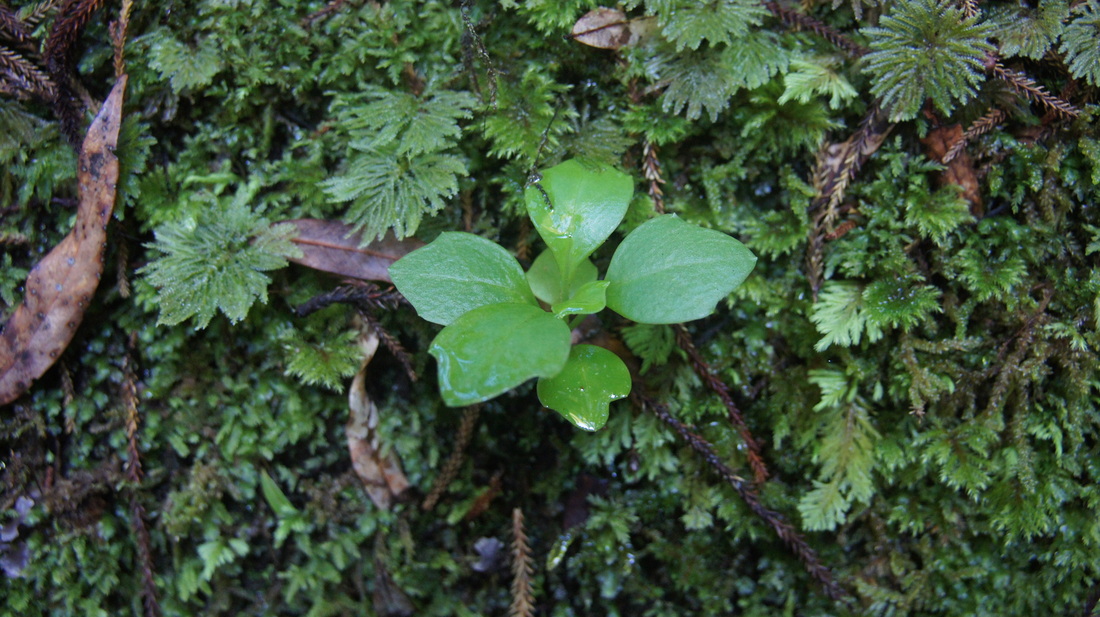
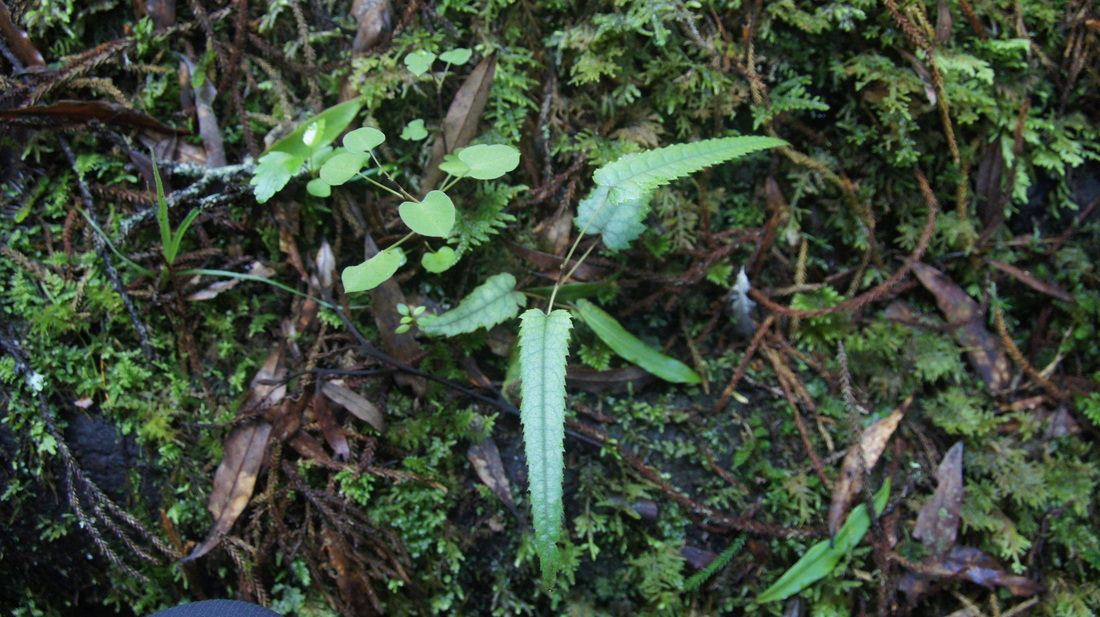
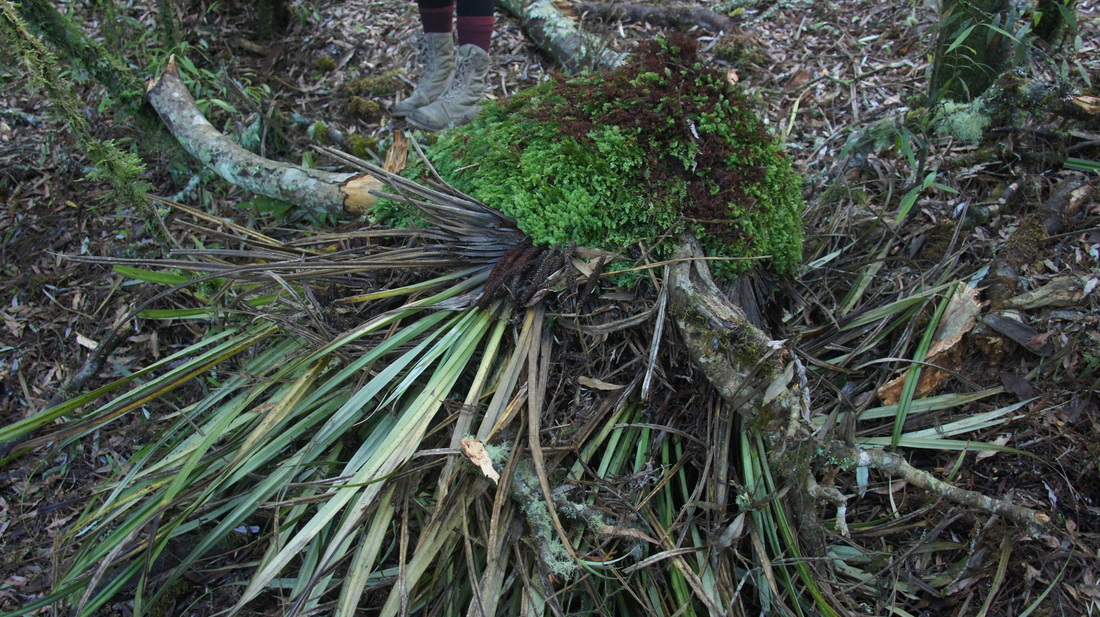
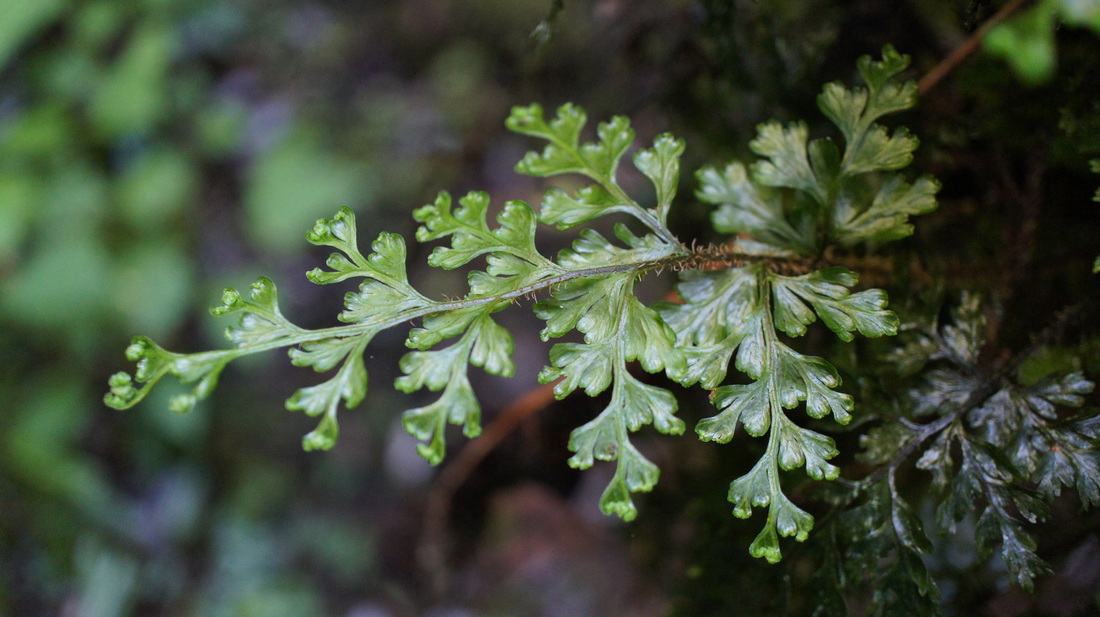
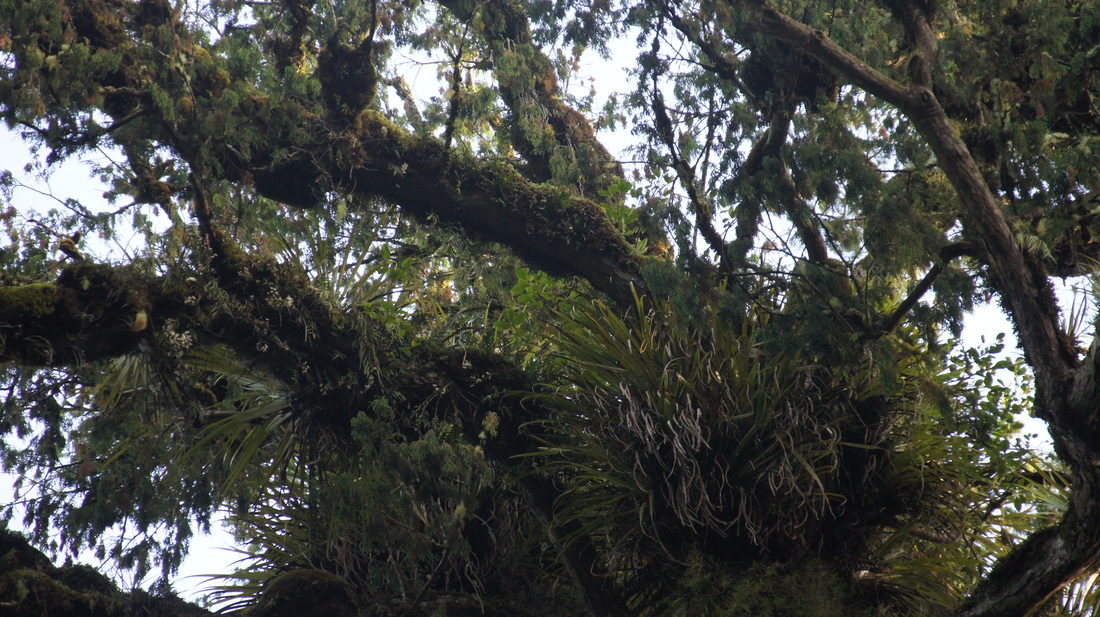
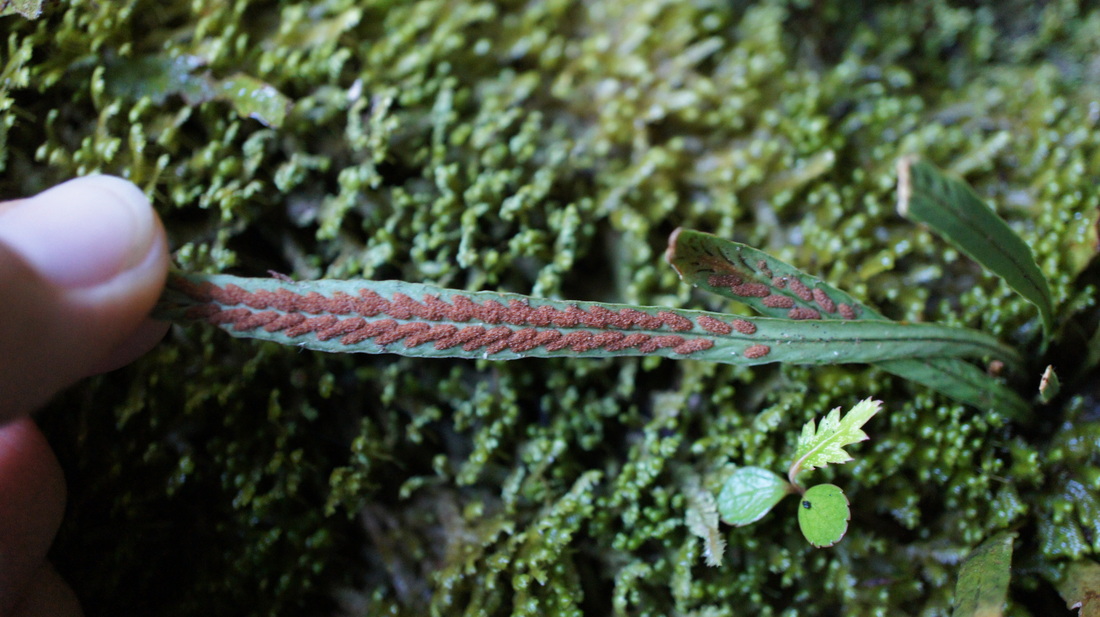
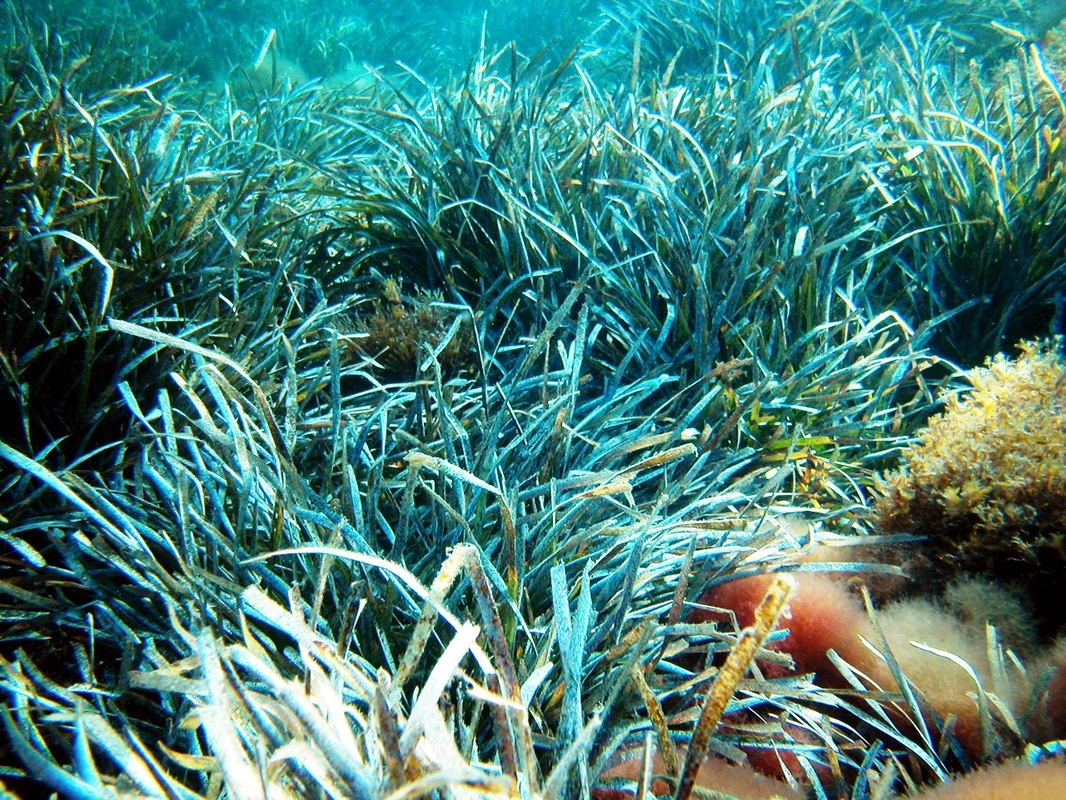
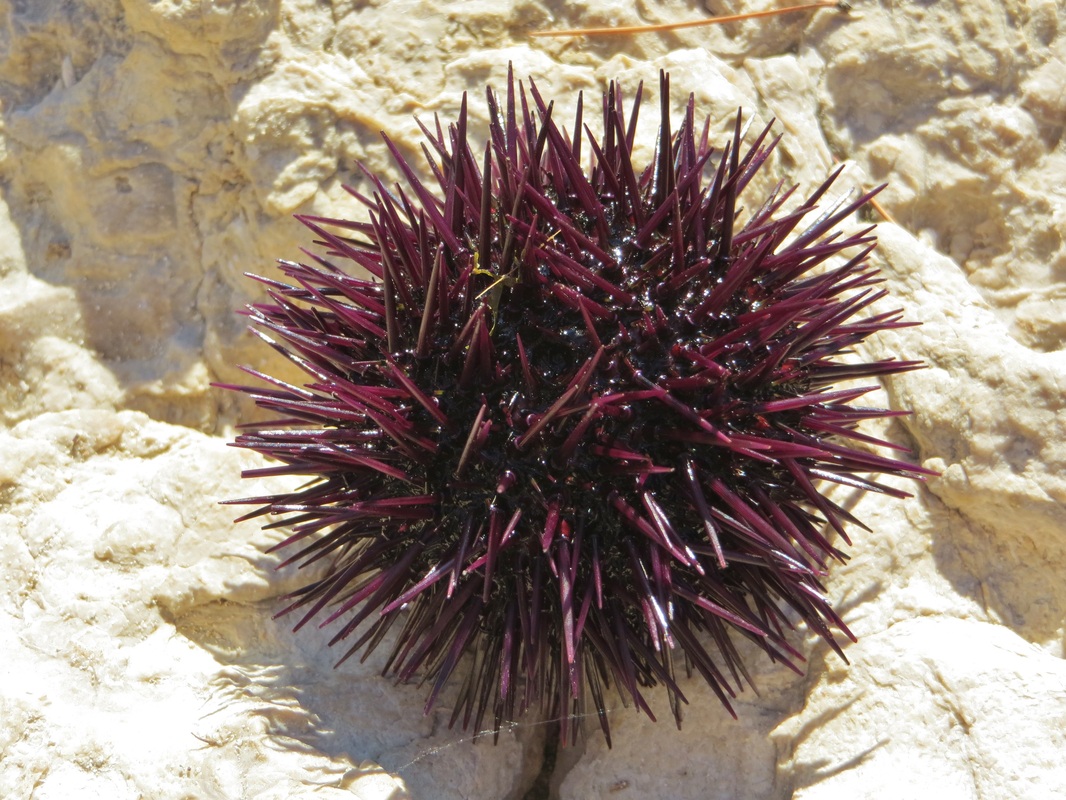
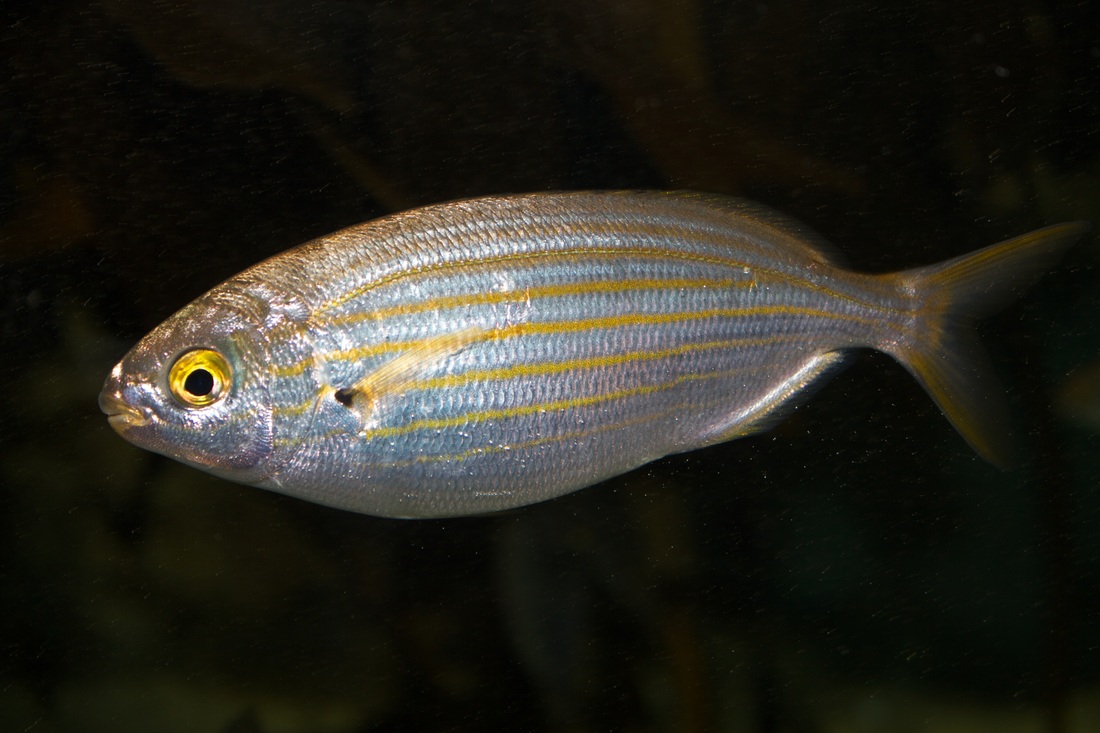
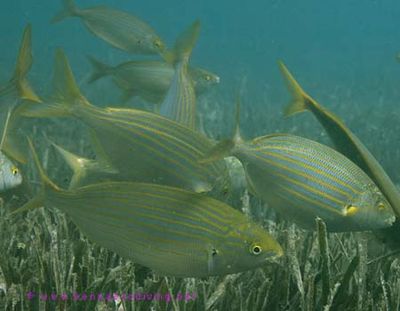
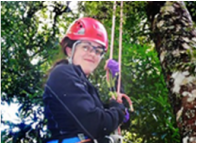


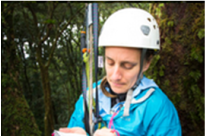
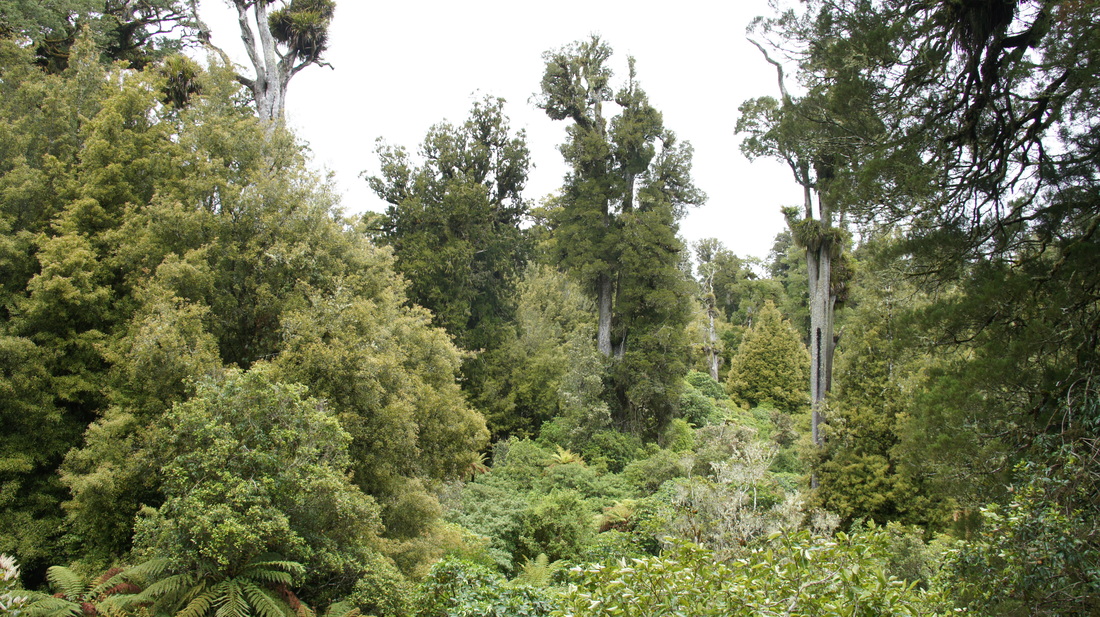
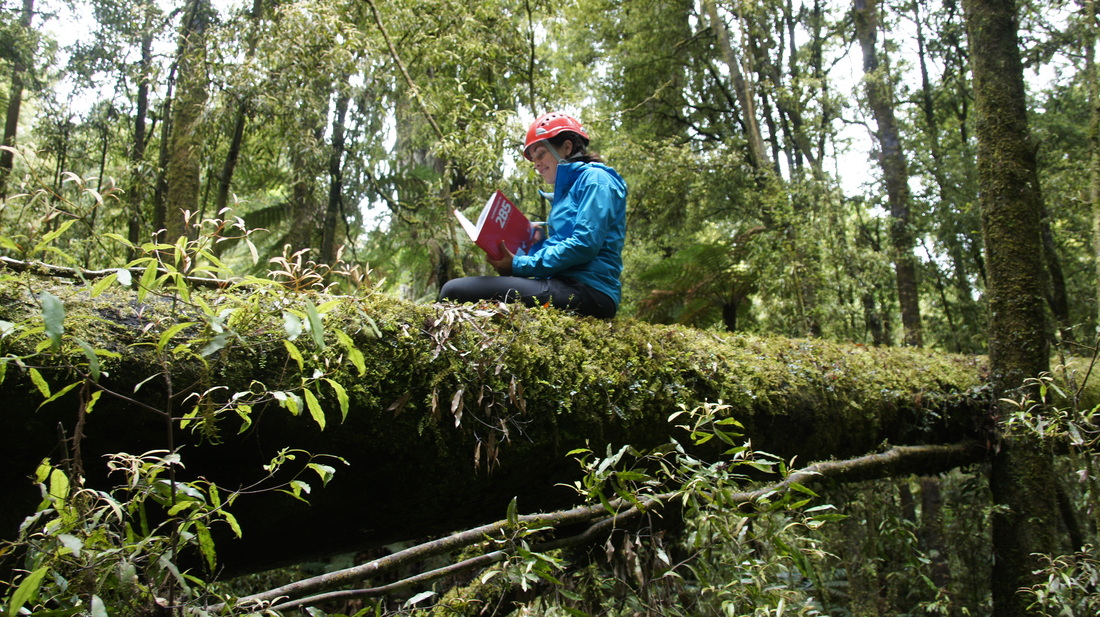
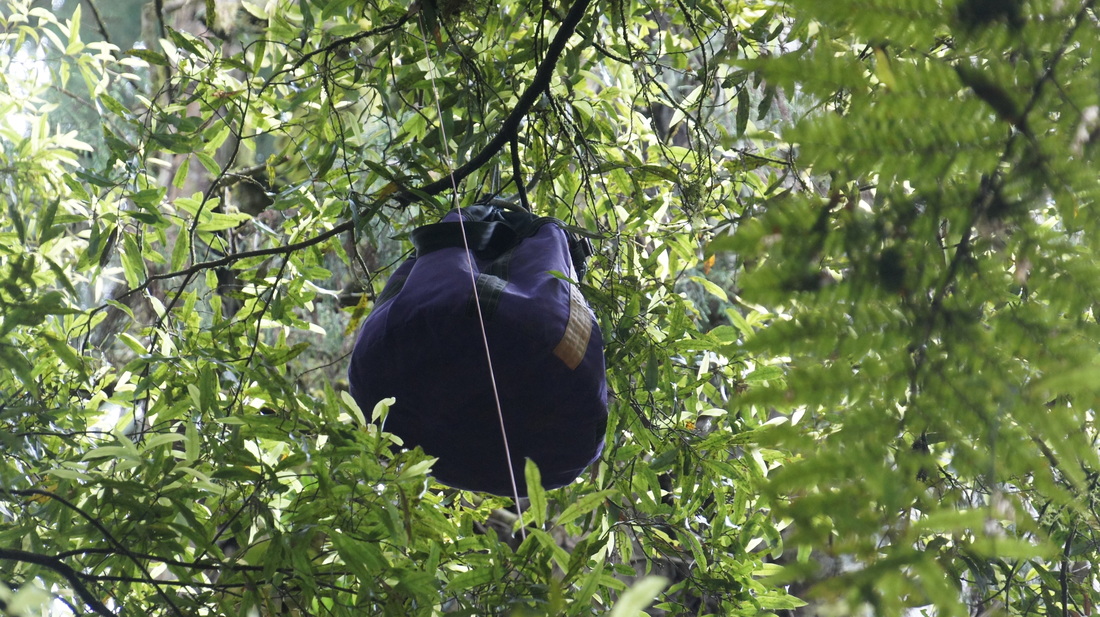
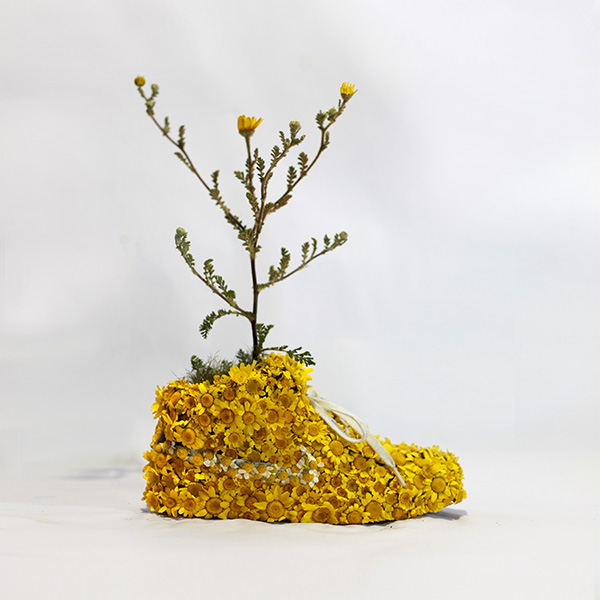
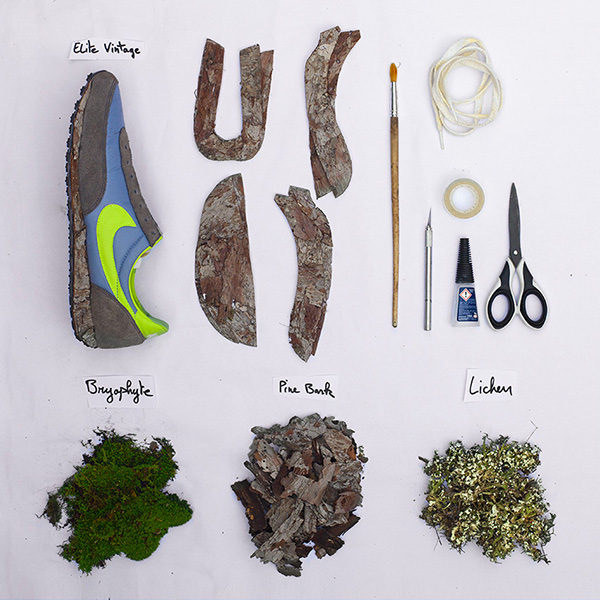
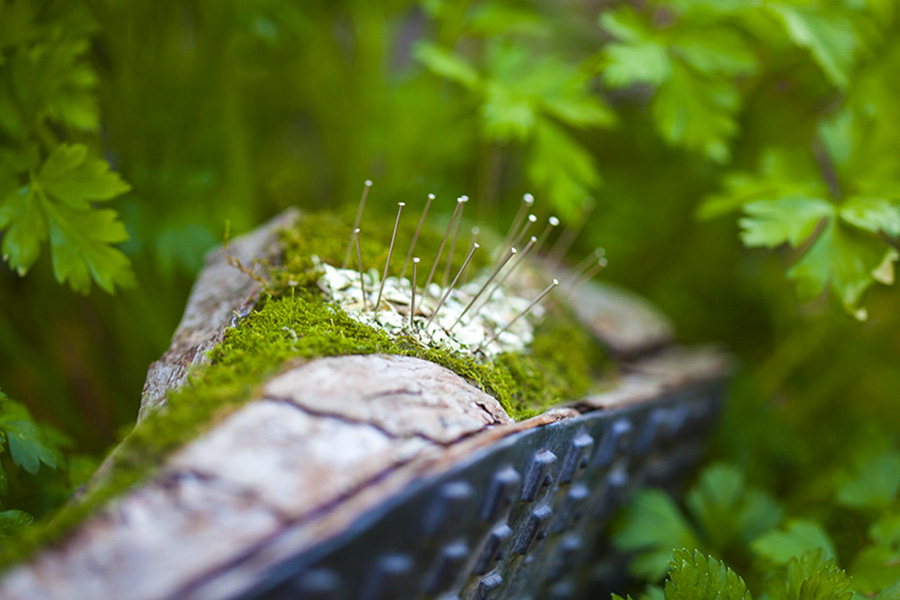
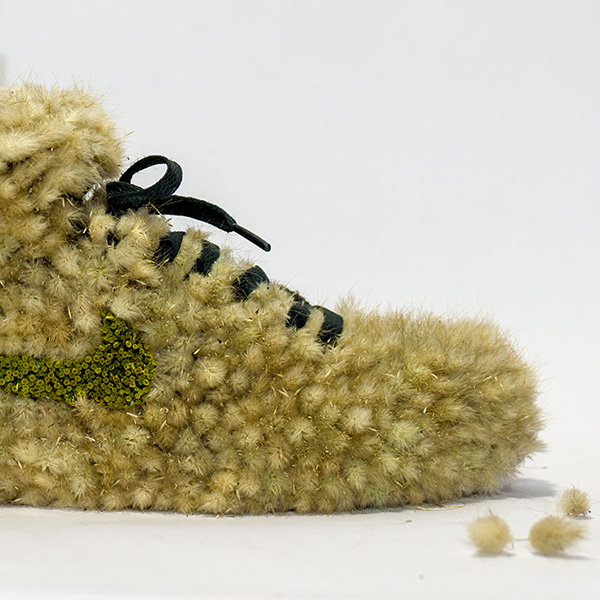
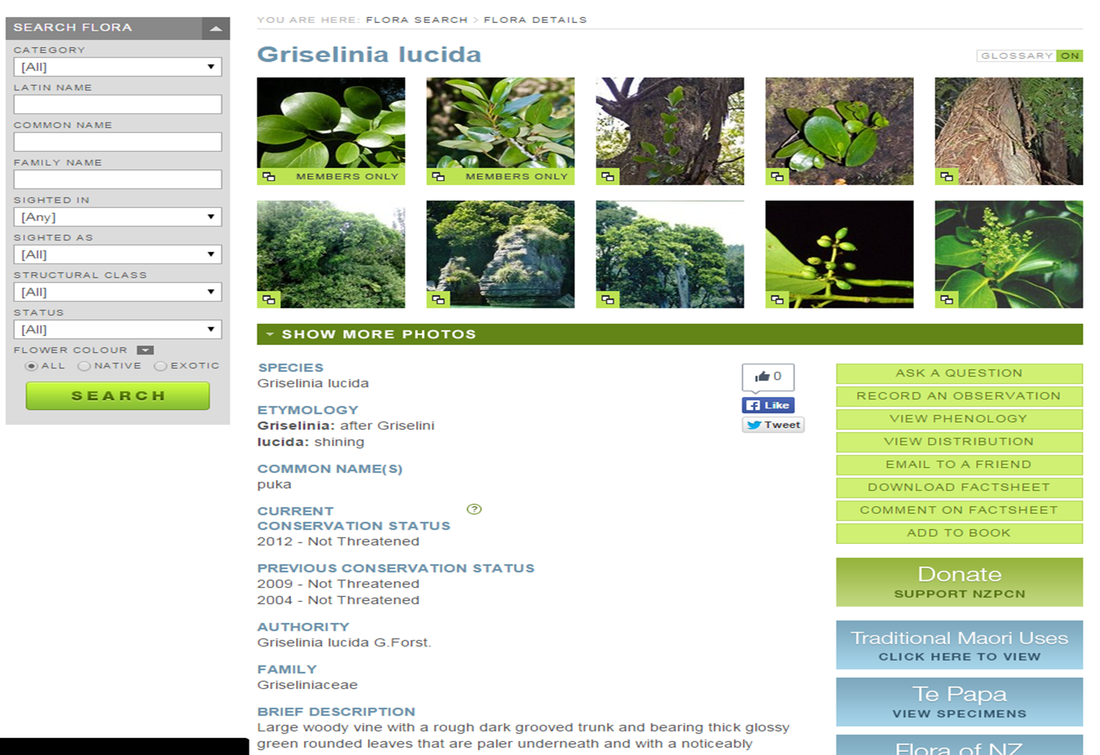
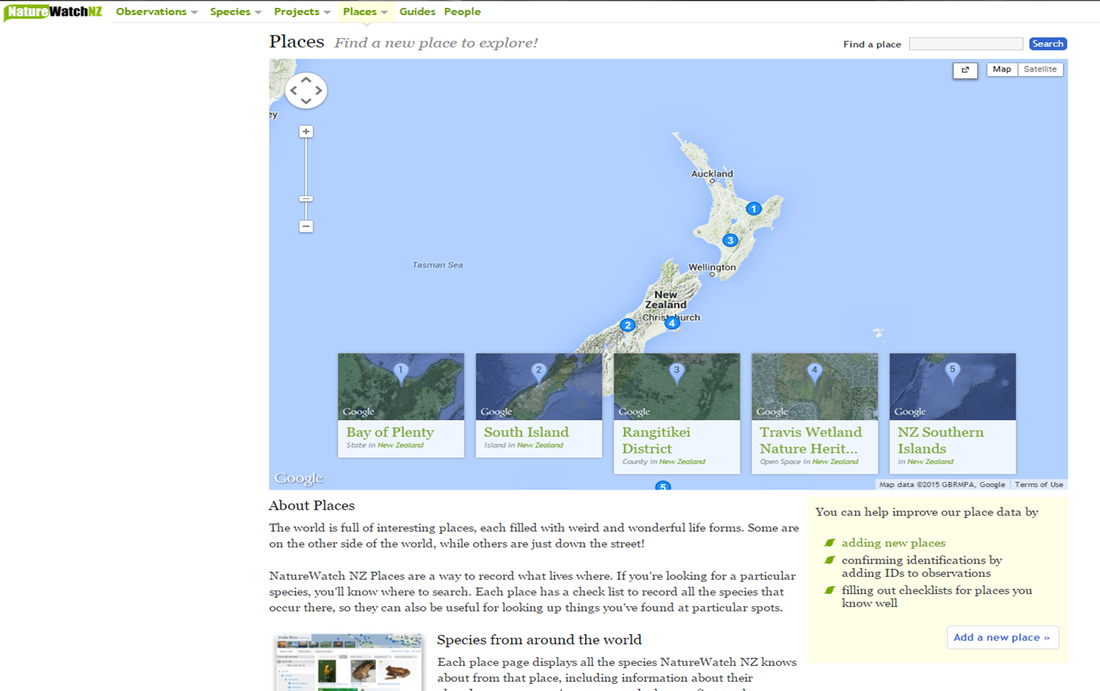
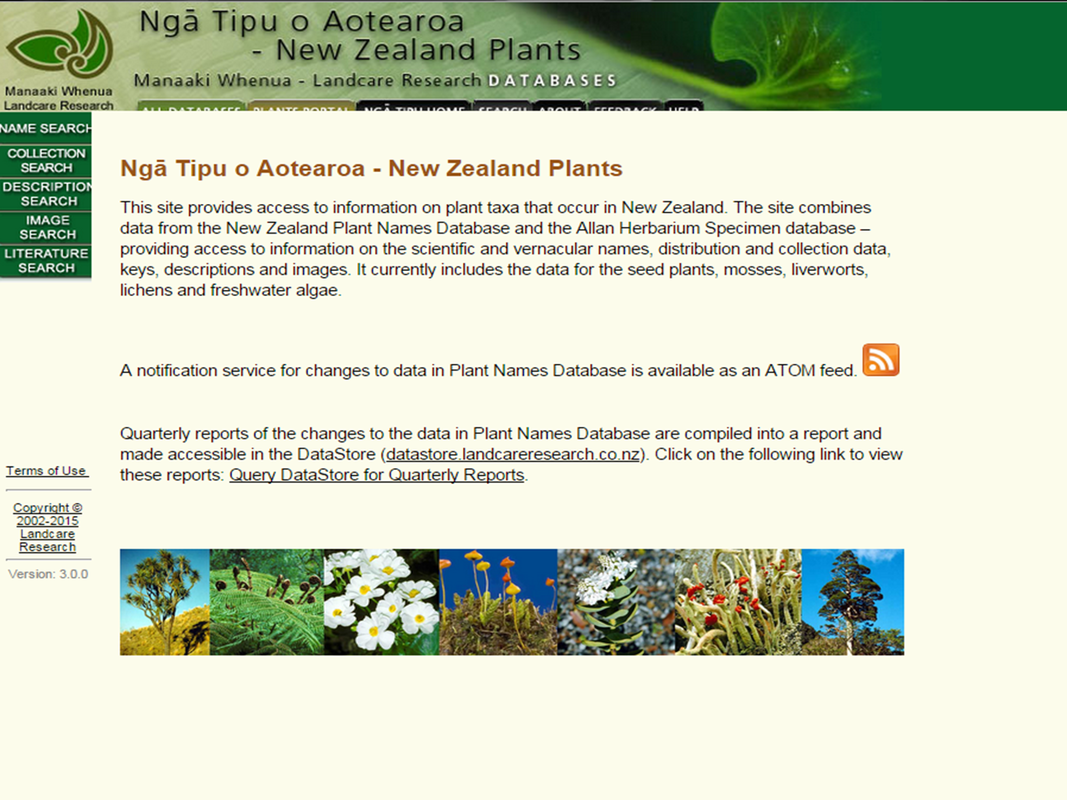

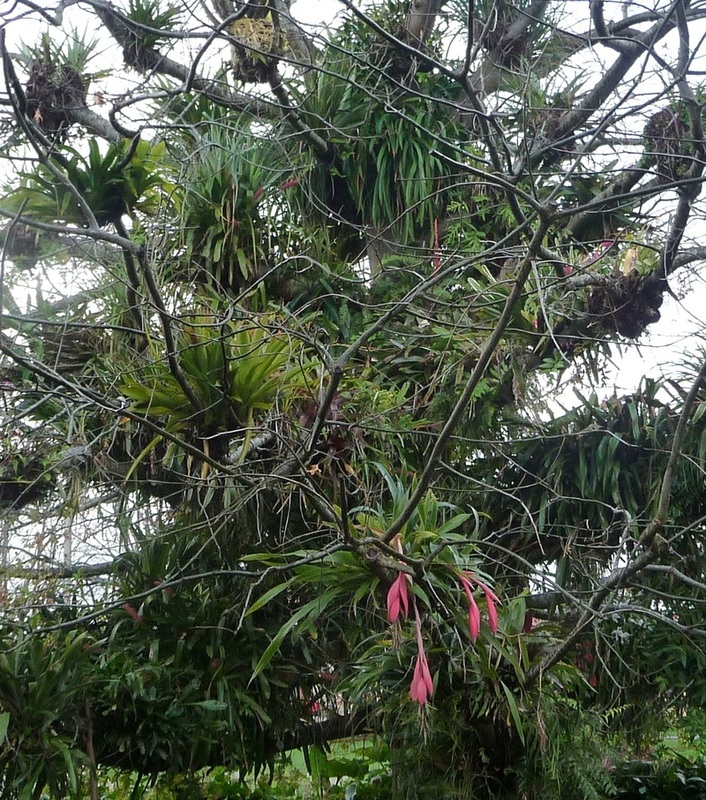
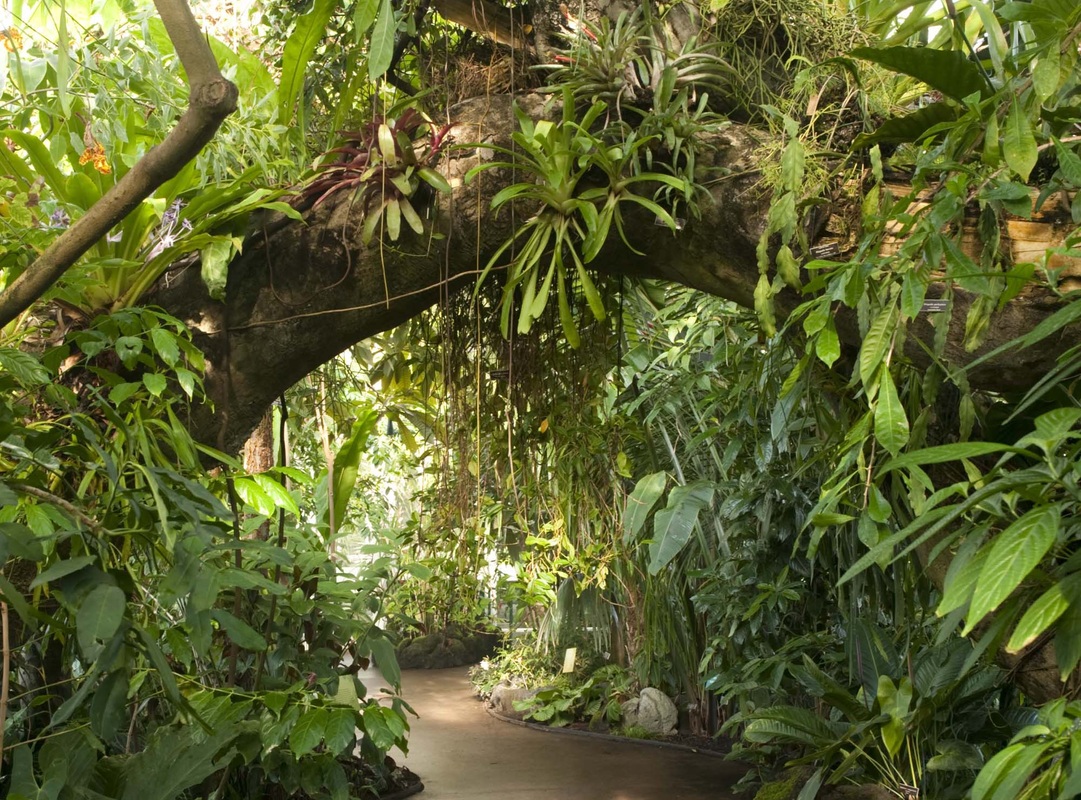
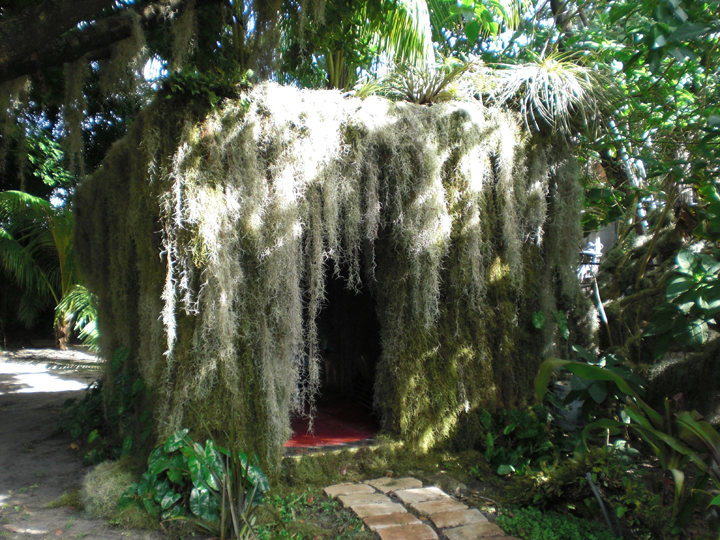
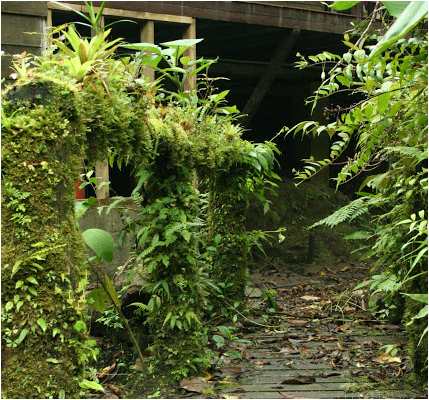
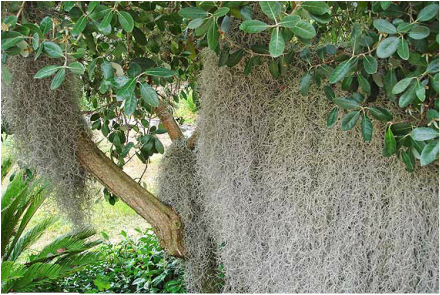

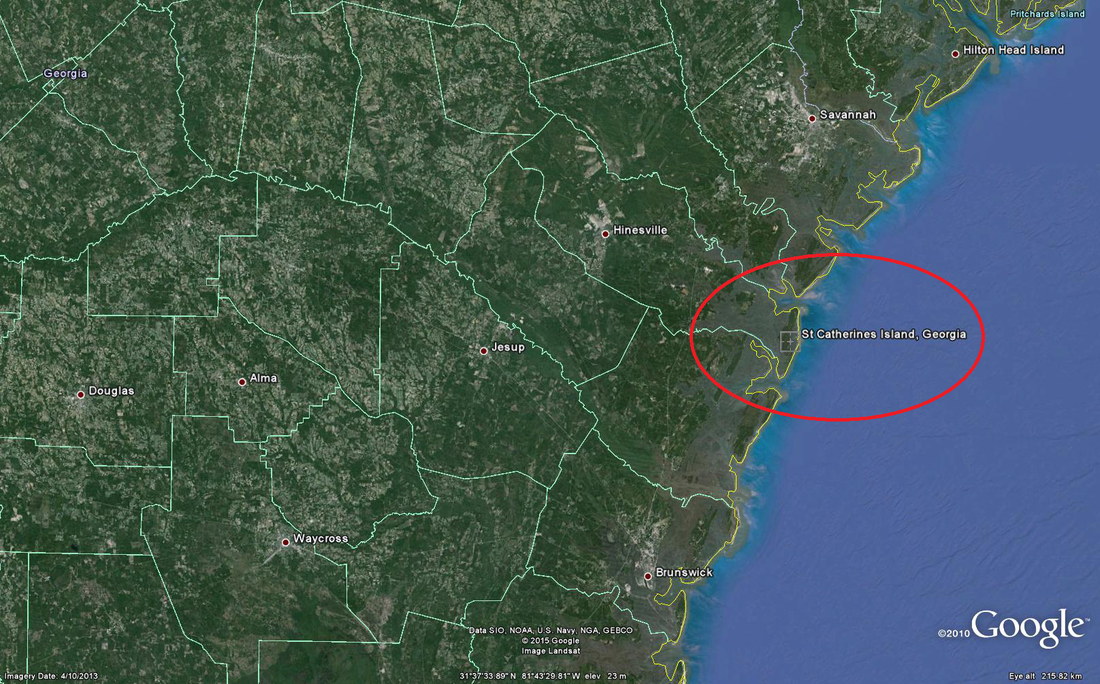
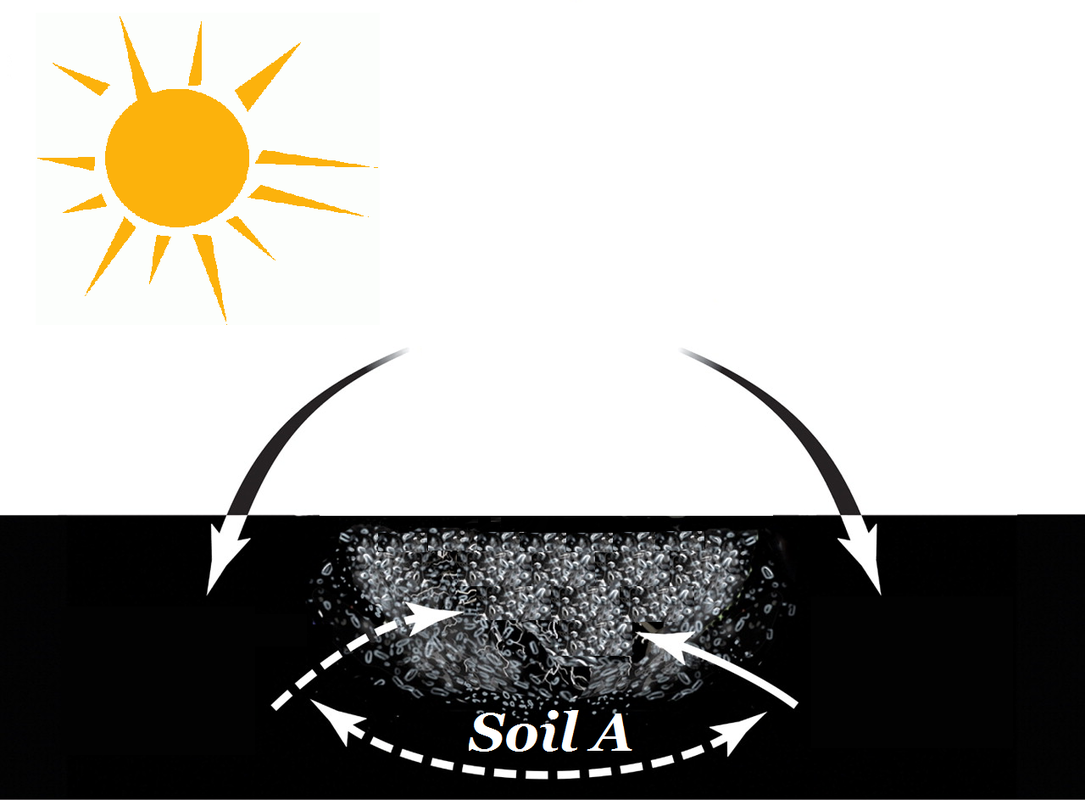
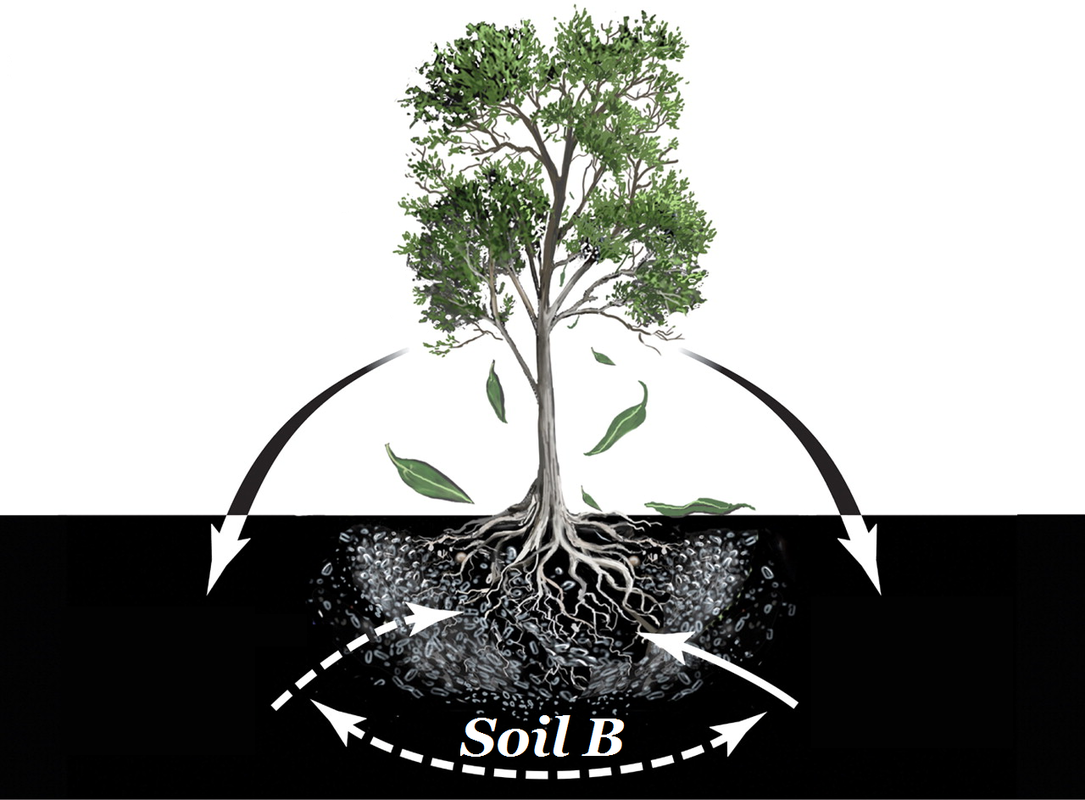
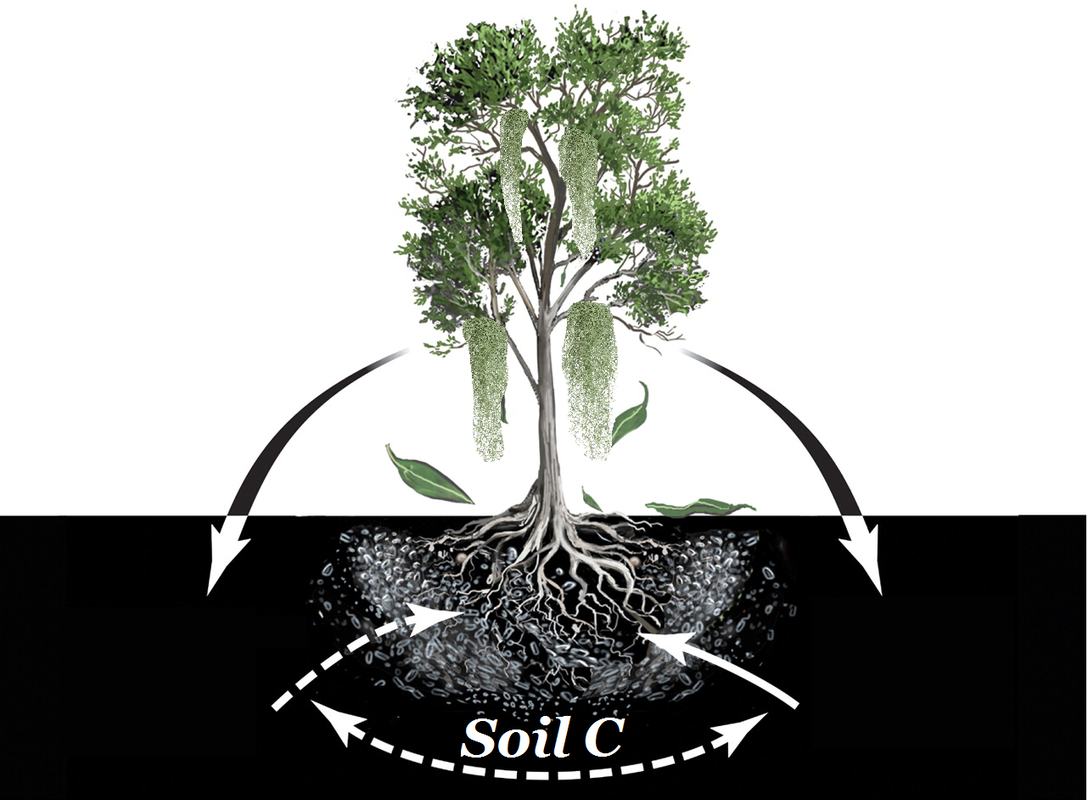

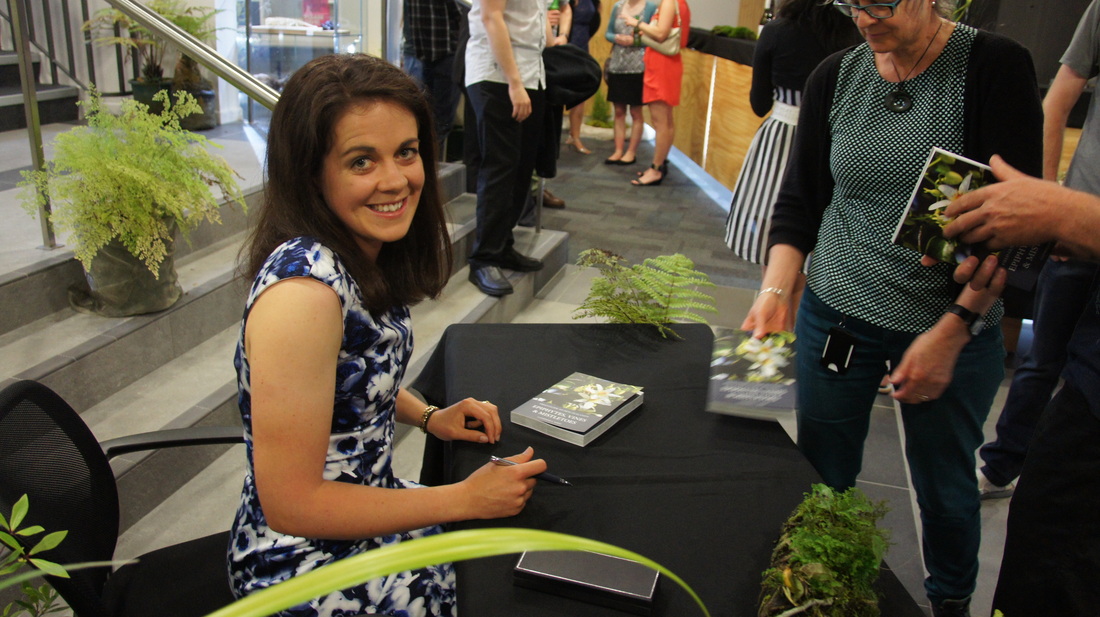
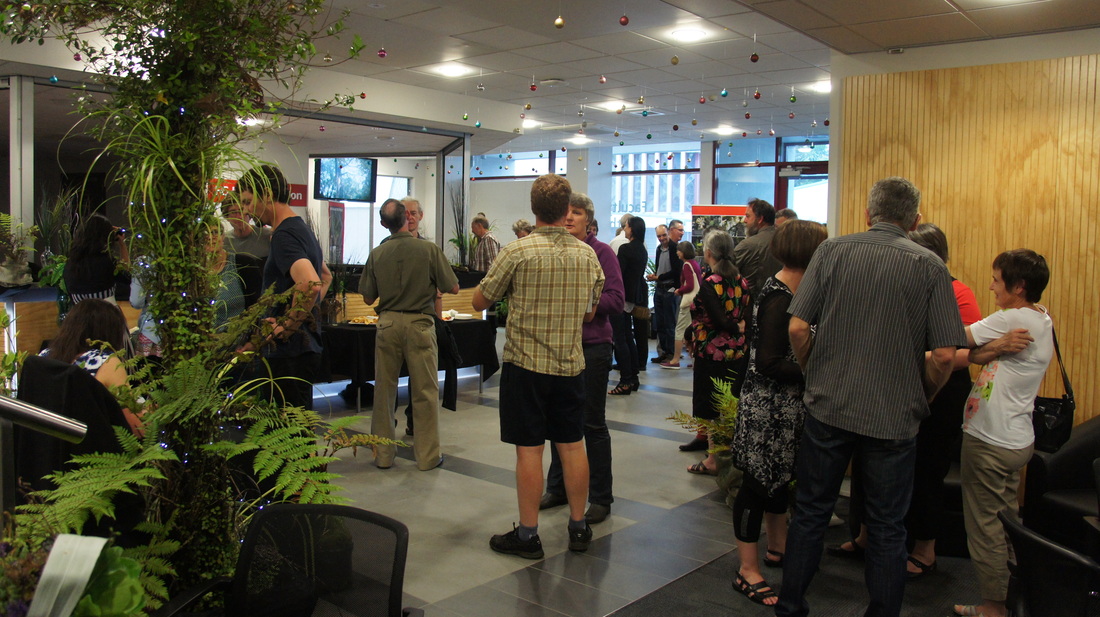
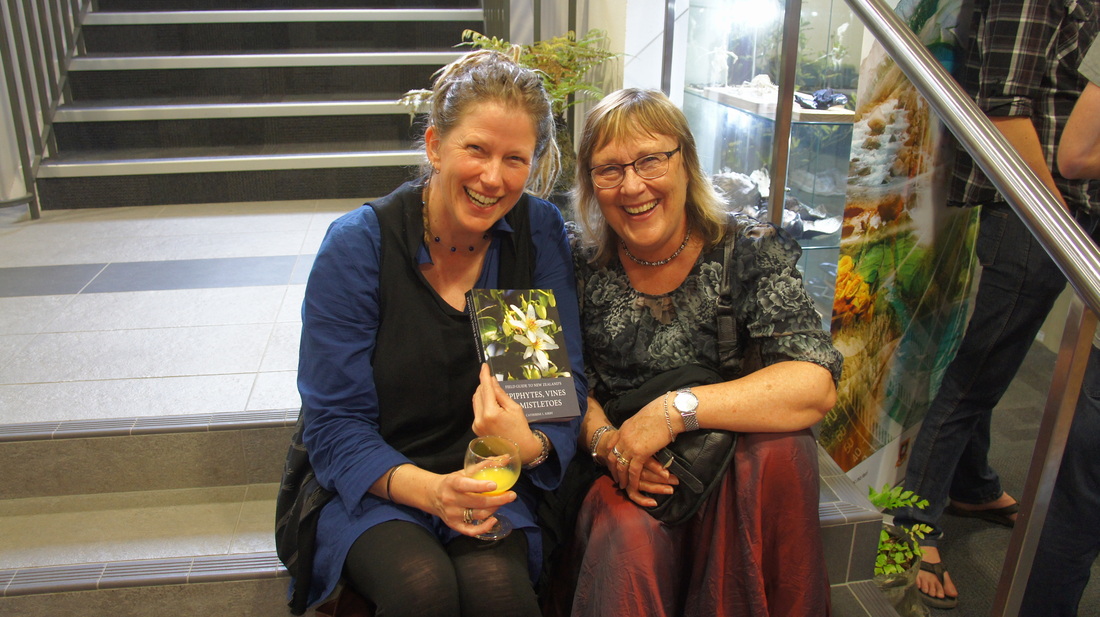
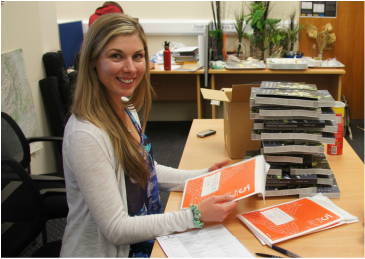
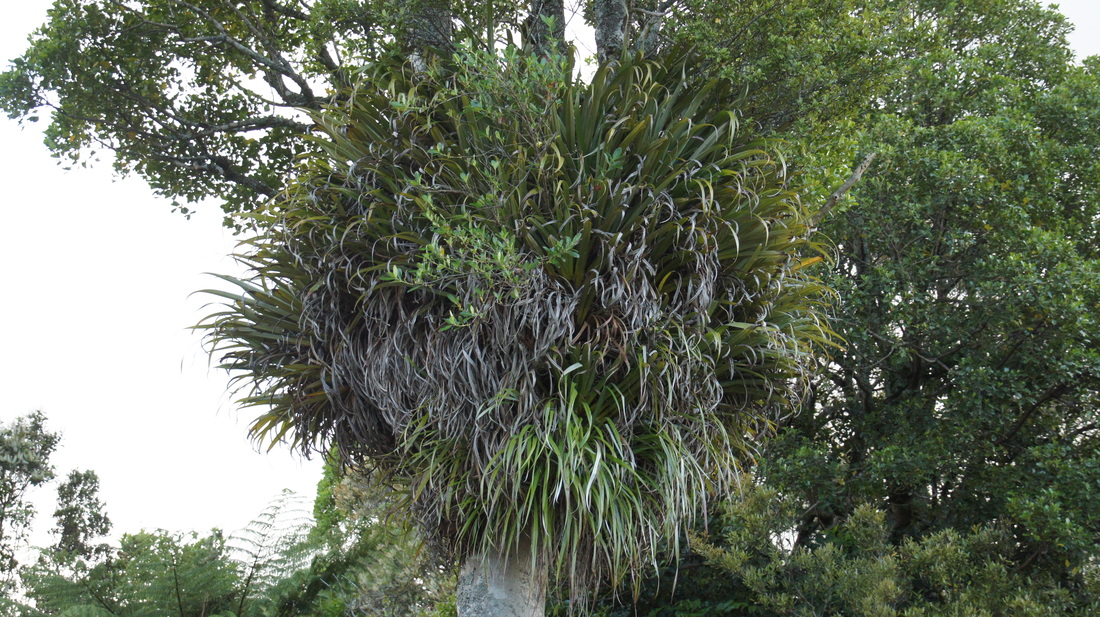
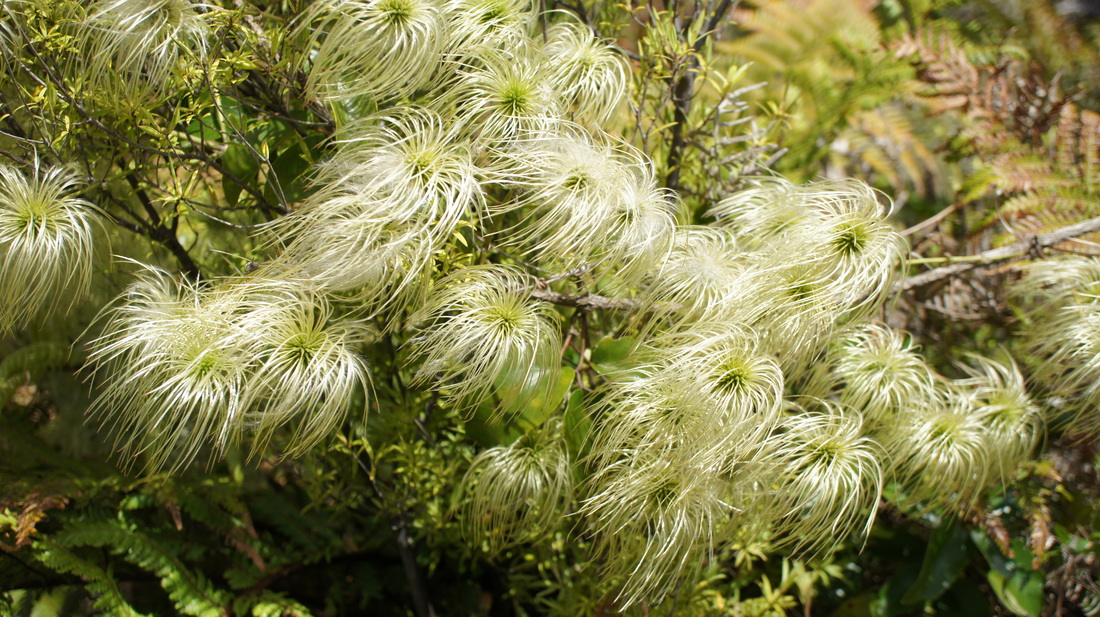
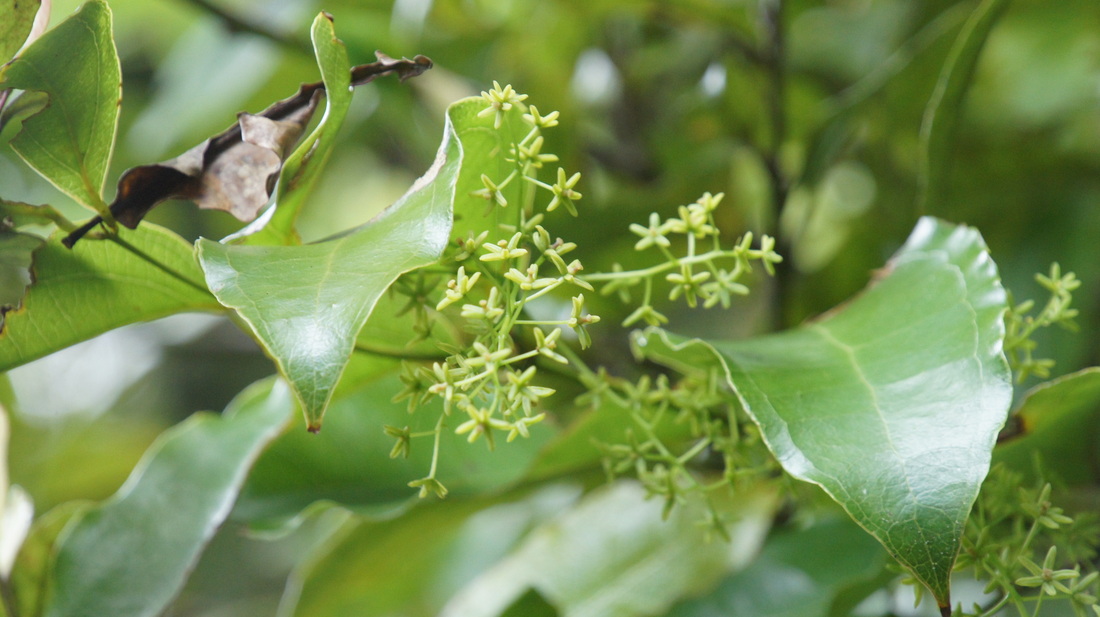
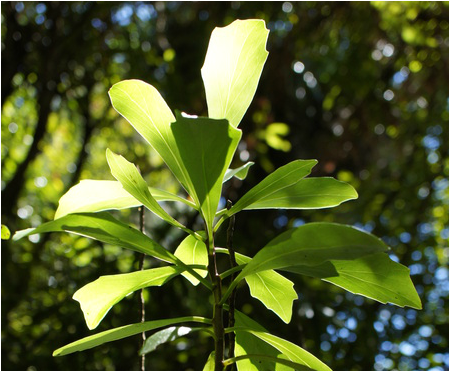
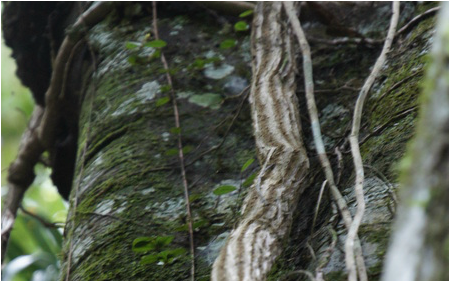
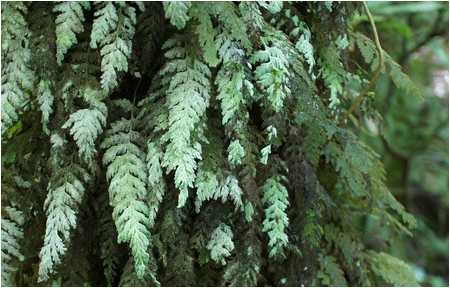

 RSS Feed
RSS Feed
